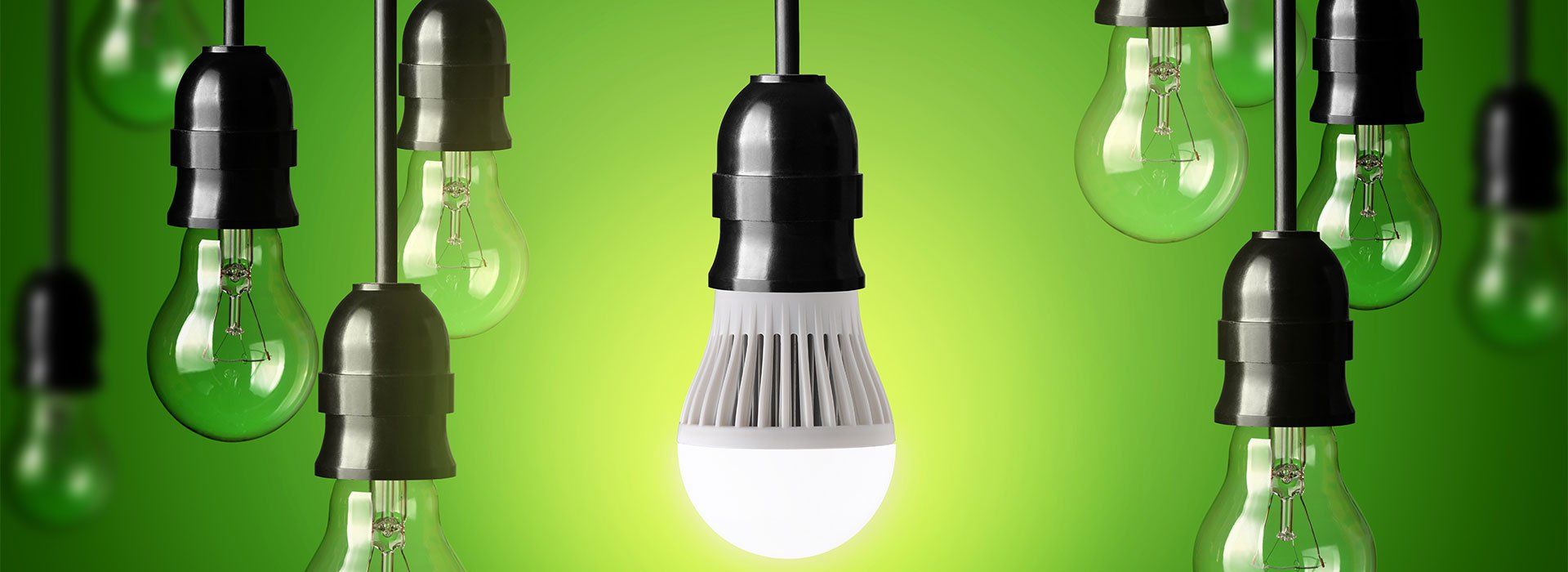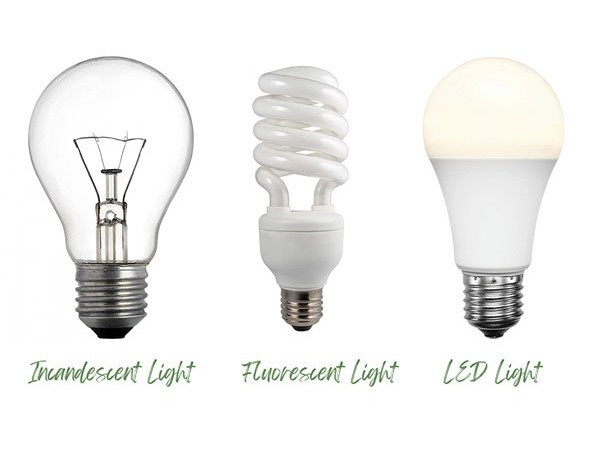Watts The Difference?
Incandescent Light Bulbs vs Fluorescent Light Bulbs vs LED Light Bulbs
Lights play a huge role in our lives, it's not only a necessity for us to conduct our day-to-day tasks but it also directly impacts the atmosphere and aesthetic of the house. Over the past few years, there has been a revolution in the light industry which has made buying a light bulb even more complicated than how it used to be.
With so many options available in the stores with different price ranges along with their energy consumption and environmental impact, it can be extremely confusing to choose the right light bulb. However, we have created a layman’s guide for you that should help you make an informed decision when comparing and selecting the right light bulb for your needs.

What Types of Light Bulbs Are Even Available Out There?
The first light bulb was created by Thomas Edison in 1879. Since then, there have been a ton of options from which to choose. At present, the most popular option is LED light bulbs followed by fluorescent and incandescent light bulbs.

Incandescent Light Bulbs
Incandescent lights are the oldest form of light bulbs. They are cheaper to buy but their lifetime running costs quickly add up. An incandescent light bulb creates light by running electricity through a filament, which heats up and glows. In today’s time, it's a very inefficient way of creating light as 90% of the electricity is turned into heat and only 10% is being turned into light. Incandescent lights are also considered a fire hazard with halogen lights being responsible for causing many household fires.
Due to the high amount of heat emitted by incandescent light bulbs, the cooling system needs to work harder leading to extra usage of energy and increased energy bills. The lamp life of an incandescent is only an average of 1,000 hours making regular replacement necessary which wastes money on maintenance costs and that’s why It is also advised to not install them at hard-to-reach places such as high ceilings. All standard Incandescent light bulbs with 100-, 75-, 60- and 40-watt have been phased out however, specialty incandescent bulbs, such as chandelier bulbs remain available. It is advised to use incandescent light bulbs with a dimmer switch and easy-to-reach places such as decorative lamps in the living room area.
Fluorescent Light Bulbs
Compact fluorescents have come a long way from the flickering and unflattering light they once were, now they have a no-flicker start and are colour corrected. They are also available in a wide range of light temperatures, are longer lasting than incandescent lights, and are way more energy-efficient. They have a lamp life of about 10,000 hours and use approximately 80% less energy than an equivalent incandescent light bulb. These bulbs are ideal for offices, kitchens, hallways, and other areas that need a large area of light. Fluorescent bulbs also produce about 75% less heat than incandescent light bulbs, so they keep rooms cool with less energy.
The main issue with CFLs is a large amount of energy and materials that go into manufacturing them. Fluorescent tubes can contain up to 15mg of mercury which is an extremely toxic element. One fluorescent tube contains enough mercury to pollute 30,000 litres of water. It is essential that all CFLs and Fluorescent tubes are recycled appropriately.
Light Emitting Diode (LED) Light Bulbs
LED lights are the current top technology in home lighting. In recent years this technology has rapidly moved from being new and expensive to an everyday item. The reason behind their growing popularity is that they create a lot of light, but use very little energy and last a long time. Unlike incandescent and fluorescent light bulbs, LEDs pass electricity between semiconductors, rather than through a filament. Consequently, less heat is generated and more of the energy goes into creating the light. LEDs allocate 95% of the energy toward light production and only 5% is lost as heat.
LED lights are also more environmentally friendly than most other bulbs as they do not have mercury and have a lower global warming potential and cumulative energy demand than even CFLs. They have a long lifespan of approximately 25,000 hours (almost 20 years ) because there is less heat and no filament to burn out. LED light bulbs can be as small as 2 mm making them ideal for fitting in hard-to-reach and compact areas. They can also be installed outdoors as they operate at low voltage and remain cool and safe to handle during installation and maintenance even when exposed to rain and snow.

If you’re located in Charleville or the surrounding areas and need a hand with selecting the right type of light for your home, office, commercial space or shed, make sure to get in touch with the team at Wired Wright Electrical today.
Website designed by
Wired Wright Electrical
